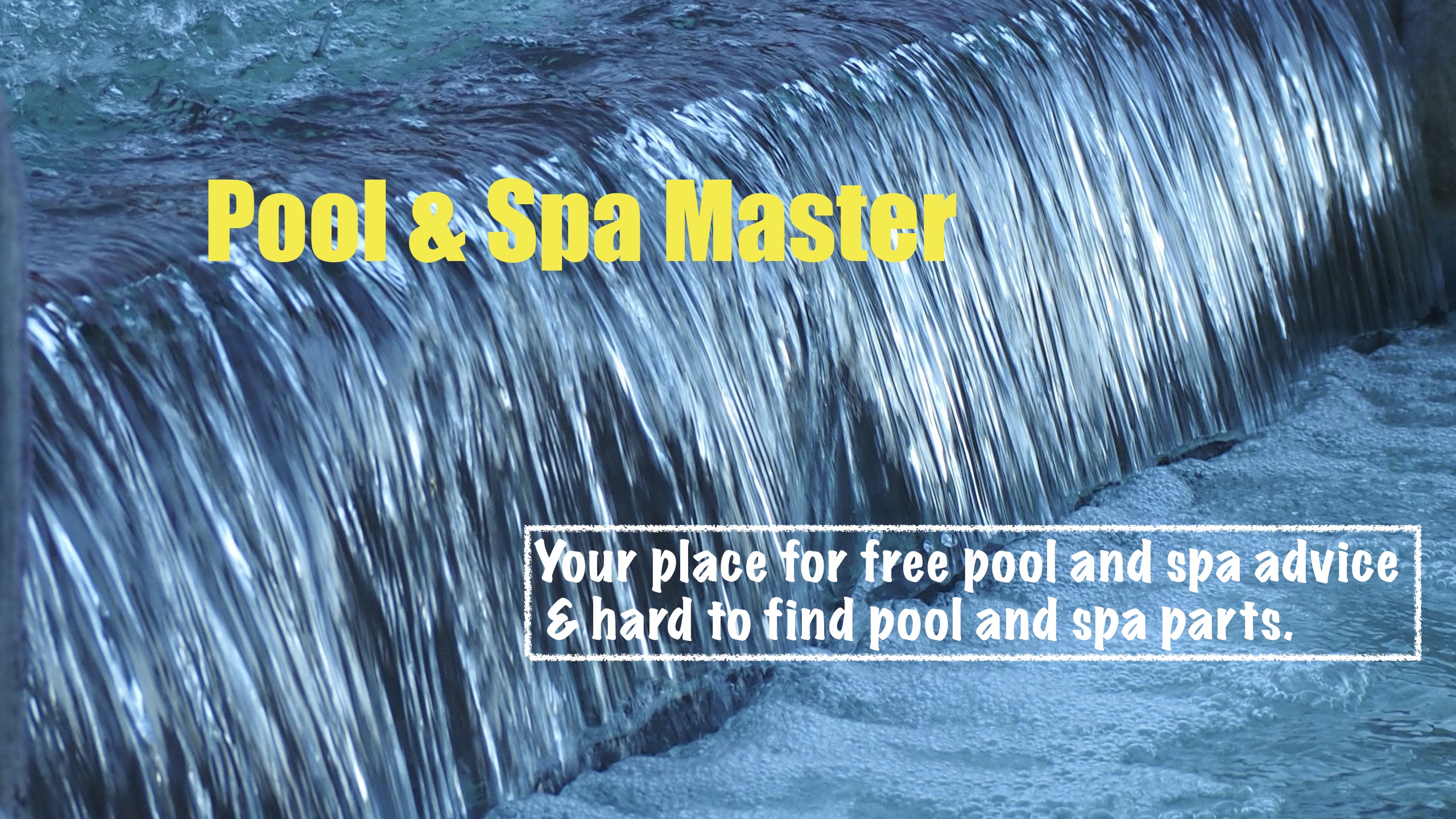Did you get your heating bill for the first month of summer yet? No, not for the house. For that other money-sink, your outdoor swimming pool.
Billions, yes, billions of dollars are annually spent heating America’s swimming pools. While swimming is one of the best exercises ever, (and my wife says the pool she had when the kids were youngsters, saved her sanity by making the kids so tired that they would actually go to bed on summer nights), these holes with water are expensive to operate. A 400,000 BTU gas heater will cost you about $7.24 per hour to heat your pool. Compare that cost to your home’s 100,000 BTU central gas furnace at about $1.88 per hour.
There are environmental costs too.
Evaporation is the largest cause of energy loss in a swimming pool. While it takes just 1 BTU to raise one-pound of water up one-degree, consider that each pound of 80-degree water that evaporates consumes—are you ready for this—1,048 BTUs of heat out of the pool.
Your only prevention of this loss is to cover the pool when it is not in use. You could save up to 50 to 70-percent! A simple application of a bubble/solar cover can also reduce chemical consumption. It will also prevent debris from entering the pool. (Think less pool vacuuming.)
Not every pool can accommodate or retrofit an automatic cover. So, your alternatives are a bubble/solar cover—that being the least expensive; a vinyl cover; and then an insulated cover. Most of these covers can be![]() attached to a reel. Check with your local pool store to see if that is a likely resolution to your pool’s evaporation issues.
attached to a reel. Check with your local pool store to see if that is a likely resolution to your pool’s evaporation issues.
I know I’ll get a thousand of the following question after you all go out and purchase a new bubble/solar cover: “Which way do the bubbles go?” The bubbles go in the water.
BTW: Always remove any cover you have on your pool before entering. ALWAYS! NO EXCUSES!
Yes, I’m cyber-yelling because sometimes folks think that a half removal of the cover is okay. It is NOT! Remove the cover COMPLETELY!
I’ll continue next time discussing solar heat, energy efficient heaters and other water/energy saving tips. Meanwhile, you can call the Energy Efficient and Renewable Energy Clearinghouse at 1-800-363-3732 for more information. www.eere.energy.gov
